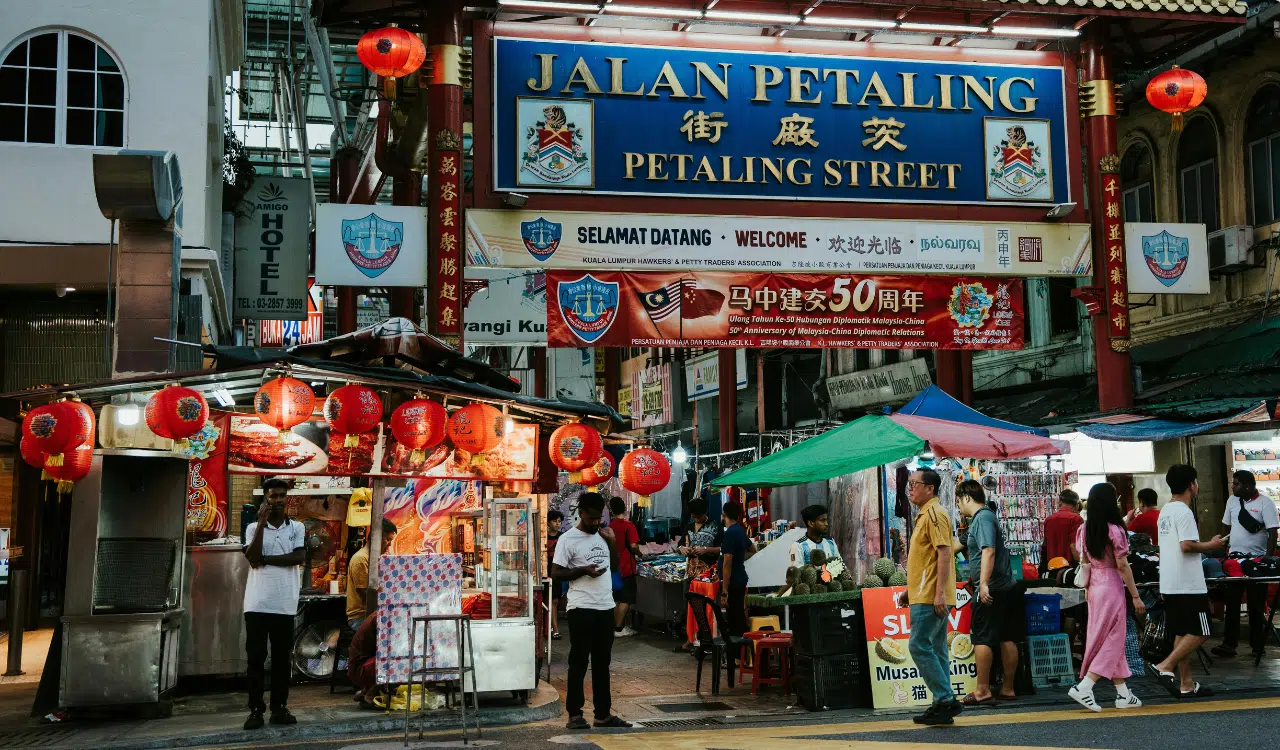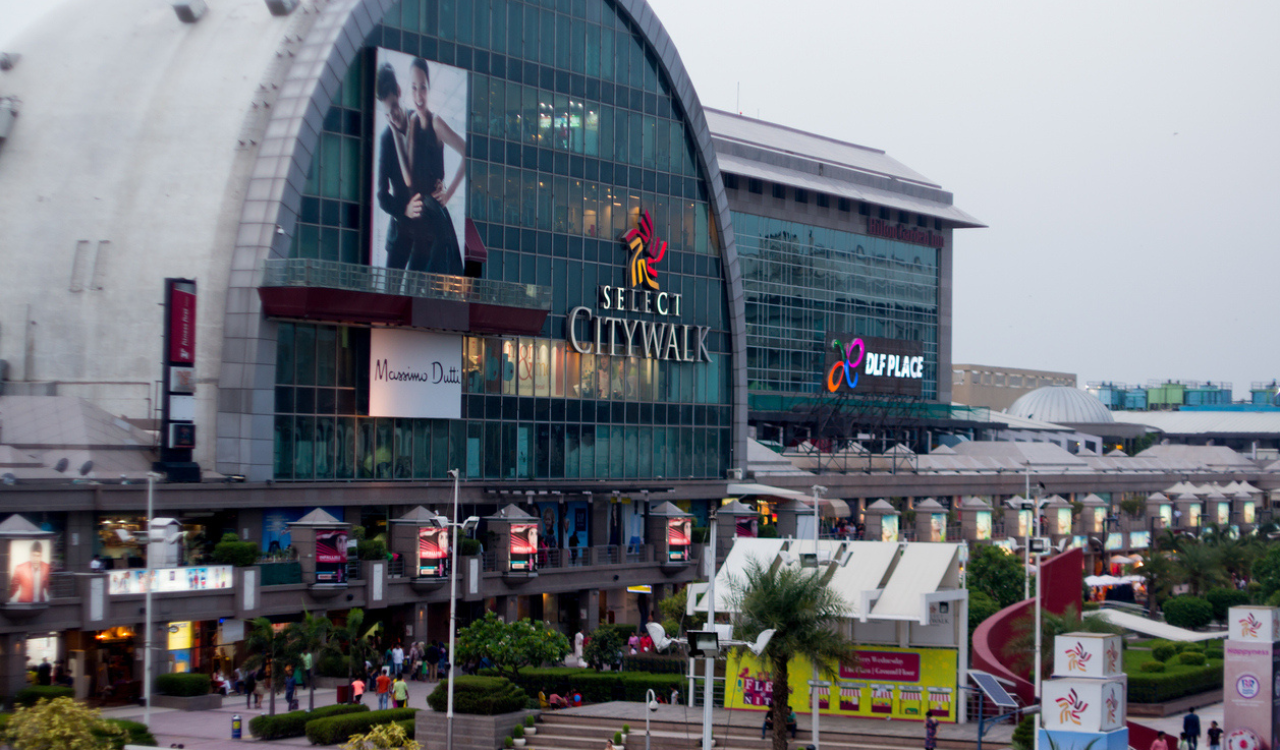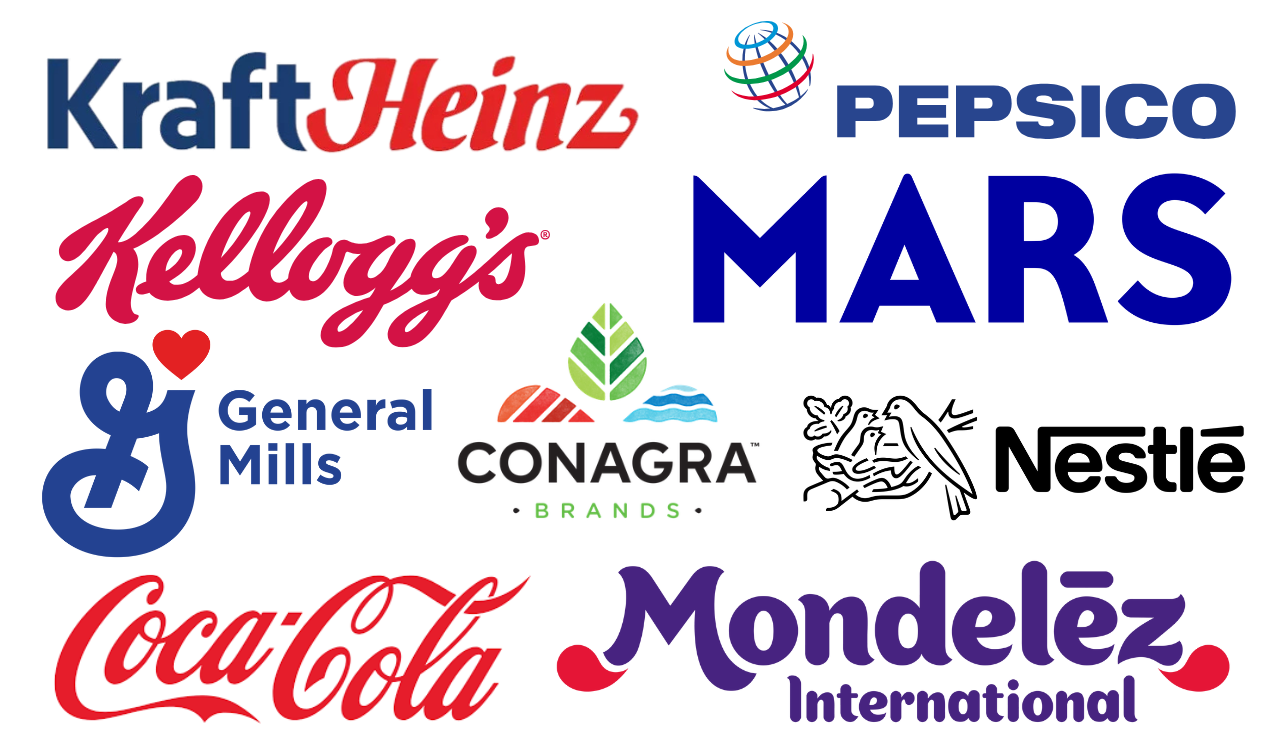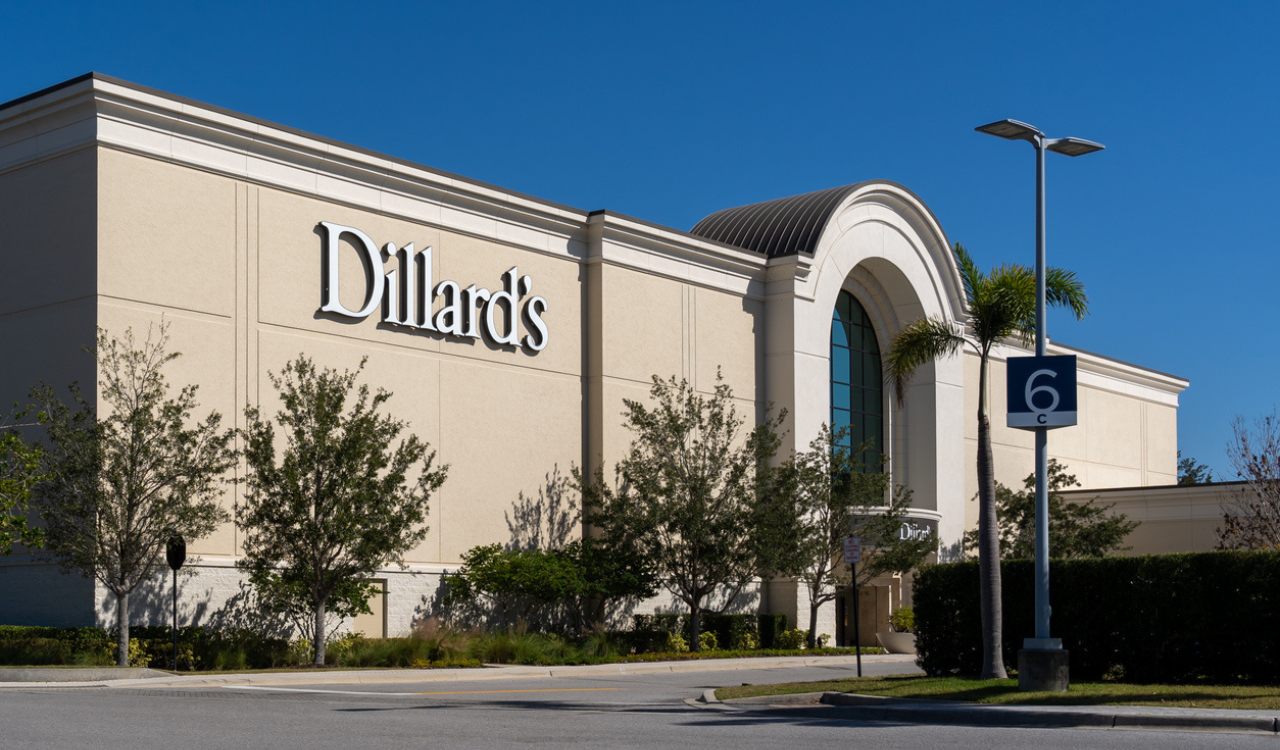For decades, global brands have been attracted to Asia’s consumer markets for their high growth and aspirational buying behaviors. Specifically, consumer markets in emerging Asian economies with younger-skewing demographics and rising incomes fueled by exports and innovation have been the main objects of retailers’ affection. Mature markets like Japan and Korea are rich and sophisticated, and for that reason still serve as regional taste-making platforms, upon which flagship stores can be perched. That said, their aging, shrinking economies increasingly deter investment that can be better spent expanding retail presence and digital channels in South and Southeast Asia with higher potential for growth.
Malaysian consumers are remarkably optimistic in these gloomy times—even by Asian standards. Can it last long enough for global brands to make use of it?
The Year of Living Confidently in Malaysia
Unsurprisingly, the May 2025 Global Consumer Confidence report from market research house IPOS saw Asian countries take up the top three slots, with Korea and Japan lagging near the bottom. What was surprising, however, the country that came in first with the biggest gains globally over last year is Malaysia. A small, middle-income country of 35 million which also sits in the middle of its Southeast Asian peers, Malaysia is less populous than many (Indonesia’s is three times larger) and far less rich than others (Singapore’s GDP per capita is nearly seven times greater). Yet more than either of those markets (or indeed any market in the world) Malaysia’s consumers are bullish, and this creates an interesting market for global brands.
The IPOS Confidence Index surveys consumers in 30 countries, aggregates responses to ten questions around such issues as their current financial position, job security, and future expectations, and ranks them on a scale of 1 to 100. Scores over 50 are considered positive. Malaysia’s top score of 59 represents a jump of 12 places from the previous quarter and an improvement of over 7 points from April’s scores, while scores dropped for nearly two-thirds of other countries.
Johnny Sawyer, Senior Research Manager at Ipsos, believes three key areas drove Malaysia’s bounce: “increased comfort with major purchases, more comfort with household purchases, and confidence in future investments.” He adds that Malaysians’ sense that the country is on the right track has also surged: “69 percent of Malaysians now believe their country is on the right track, up from 51 percent a year ago — so it’s not just the economy.”
Being Happy
Malaysia’s optimism stands out at a time when trade wars, lingering inflation and geopolitical tensions are depressing sentiment nearly everywhere else. Sawyer posits that Malaysian consumers are “less worried about trade wars and tariff disputes.” This is interesting, given the value of Malaysian exports is equivalent to 68 percent of GDP, and in other trade-dependent Asian countries like South Korea, there is a direct correlation between export growth and domestic retail sales. But only 11 percent of those exports make it to the U.S.—the lowest in Asia—giving Malaysia some Trump tariff insulation.
Malaysian happiness appears infectious: Like many other Southeast Asian markets, it has leveraged good sunshine, melting pot menus and relatively inexpensive price points to become a successful hub for tourism, retirement and long-term residence. By December 2024, over 58,400 foreigners (largely from China and other Asian countries) were approved for the country’s “Malaysia My Second Home” residence program, which has attracted roughly $100 million in fixed deposits and real estate investments. Malaysia’s decades-long “Truly Asia” tourism campaign, rooted in the belief that its one-stop-shop buffet of cultural experiences would be a draw, has largely been a success and provided competitive advantages for local brands and retailers. A modern, funky and beachy destination with plenty of halal-certified hotels and restaurants is a great draw for tourism from the Muslim world. Some 4.82 million tourists from Muslim-majority countries in the Middle East, Southeast Asia and elsewhere spent 15 billion Ringgit (US$3.5 billion) on their visits to Malaysia last year. The country has been rolling out halal-certified hotels, cruise line services to Saudi Arabia, and other amenities in order to attract a growing share of the $266 billion Halal and tourism industry.
Retail Nostalgia
A recent day trip to Ipoh reveals the multi-cultural underpinnings of the Malaysian experience, and Chinese cultural threads run deep ever since Chinese miners flooded in during a tin boom in the late 19th century. Ipoh’s Chinese heritage, in turn, has established global roots. Oscar-winning movie star Michelle Yeo was born in Ipoh, and the father of Chinese nationalism Sun Yat Sen made Ipoh one of his stops in his global tour of the Chinese diaspora, gathering support and funds for the cause.
A sort of hipster appreciation has seeped into the city’s old market district, where chic coffee shops and boutiques now inhabit the shells of former Chinese apothecaries and pawnshops. The vibe is exposed brick walls and remnants of the 1950s stenciled window signs for nostalgia. This is largely to cater to local tastes; Malaysians, like Hong Kongers, have an appreciation for the ironic, nostalgic post-World War II home goods and 1960’s fashion which is reflected the fusion of Asian tradition and western modernism in fairly equal measures. “Local Ipoh people are happy knowing that the restaurants and the shops that they grew up are still around,” says a long-term resident who runs a charming marble table-strewn café that’s been in business since 1931. Traditional fare and local color also appeal to tourists seeking the “Truly Asia Experience.” One can observe small knots of tourists snapping photos of weather-faded shophouses shaded by Banyan trees in Ipoh’s iconic old town. “Muslim-friendly—no pork or lard” is a sign that hangs in the windows of many of the city’s Chinese restaurants.
Older, traditional Malaysian brands—lime sweets, biscuits, curry pastes and other traditional snacks and supplements—beckon visitors in brightly colored displays stacked high, revealing a multicultural consumer culture with well-established relationships with brands that run generations deep. This reflects a consumer culture that is ‘fluent’ in the language of brands and highly receptive to traditional (even old-school) FMCG marketing campaigns. This eases market entry for international players, and despite the heaps of brand goodwill banked by deeply entrenched local brands, Malaysian consumers have long been comfortable substituting foreign favorites. For several years, market watchers have reported on the significant gains made by foreign retailers in key FMCG segments.
Emerging Globalism
Malaysian designers and brands (like Hong Kong, Singapore and other ‘east-meets-west’ consumer economies) are working with a rich mélange of cultural source materials. Not every one of Ipoh’s shops runs on local nostalgia. “Younger Malaysians are really getting into game nights,” says a sales associate at a game emporium specializing in American and British board games, noting the most popular game these days is (perhaps a bit worryingly) Secret Hitler. For some retailers, however, Malaysia’s laid-back local charms have their limits. “Business has been bad for the last few months, but that’s because the city has not made any progress fixing this street in three months,” says a shopkeeper who runs a ceramics and housewares store on Market Street, an historic footpath that was dug up earlier this year in anticipation of a heritage facelift that is apparently taking a laid-back time arriving.
Local Politics
Malaysia’s friendly disposition may have other limitations. While its tourism and retail industries have taken great pains to be welcoming, the country has its share of problematic domestic and international politics that work against this inclusive posture. The government’s longstanding pro-Palestinian stance has morphed into increasingly vocal defense and support for terror organizations like Hamas, and now Iran, which more than once has caused Facebook and Instagram to remove posts made by Prime Minister Anwar Ibrahim. In May, the Prime Minister made his second state visit to Russia, courting favor with Putin even as the U.N. released a report blaming Russia for downing a Malaysia Airlines flight over Ukraine in 2014.
Domestically, the government is earning a reputation for cracking down on digital dissent. TikTok’s biannual transparency report noted that Malaysia made more requests to take down posts its citizens made than any other country in the world: 1,862, nearly three times as many as second-place Australia. A new and very strict mobile phone personal data registration law has many concerned that its primary purpose is digital surveillance. While not as draconian as Vietnam’s internet clampdown (as we’ve recently reported) Malaysia’s growing efforts to control and track communications could have a similarly dampening effect on its digital economy.
Opportunity Knocks
Provincialism and local politics could tarnish Malaysia’s shiny happy reputation, but they should not give global brands pause when considering Malaysia as an expansion market. Most recent data continues to support the Malaysian market thesis: retail sales growth in the first quarter of 2025 averaged over 6 percent.
Over the longer term, however, global brands do need to be cautious of a growth slowdown, as concerns mount that Malaysia is descending into a middle-income trap. Wage growth has surged 70 percent over the last decade while labor participation only grew 7 percent, suggesting Malaysia’s time as a cost-effective producer of export goods is nearing its end. Labor productivity growth, at 2.1 percent, outpaces the rich world (the 2024 average was 1.4 percent) but is less than half of the roughly 5 percent that China and Vietnam maintained.
Without significant investment in the skills to support higher-value manufacturing and knowledge-intensive industries, Malaysia could have trouble clearing this hurdle. Unsurprisingly, this is an action plan underlined in red on the government’s roadmap, but there are concerns that this might take longer than the average worker would like. “I have been given more responsibility, but not much more pay; I am just not getting ahead,” says an Ipoh-based project manager for a semiconductor firm, who says local operations are more concerned with containing costs than investing in operations. He’s working on his Mandarin and thinking about taking his skills to Taiwan.
July could see a significant dip in Malaysia’s world-beating consumer optimism, explains Ipsos’ Sawyer. Malaysians may not have linked the threat of U.S. tariffs to their financial well-being, but Trump’s proposed 24 percent increase on July 8 (if the deadline sticks) could shock them into making that connection. Two other imminent events could also hit consumers’ pockets, says Sawyer: “Malaysia’s government plans to rework fuel subsidies, and some worry some that will raise inflation. Additionally, new taxes on ‘non-essential’ or luxury goods are coming in; if consumers react negatively to these, you will see Malaysian confidence dip.”
Happiness Reality Check
All of this suggests that Malaysia’s current consumer optimism is at something of a high-water mark and could endure some pain as it fights its way out of the middle-income trap. But it would be wise to assume that Malaysia, as a truly Asian—and truly global—economy, will be as committed to the next phase of its economic transformation as it has been in the past. A brisker march up the value-added export chain is needed, so that increasingly knowledge-based Malaysian workers start to feel that they continue to gain ground. What is clear from the consumer confidence data is that once that is achieved, relaxed and confident Malaysian consumers will quickly reassert themselves





